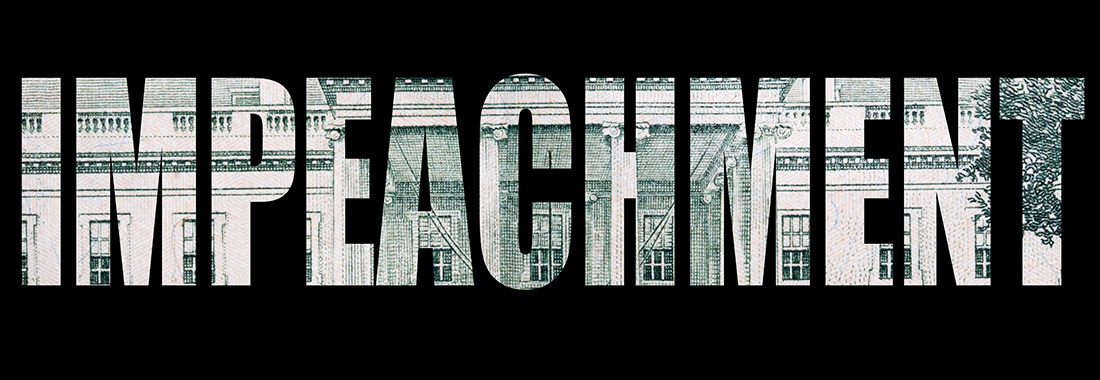Author: Dr. Emily Stacey, Rose State College
What a year. 2021 has certainly started with a bang: the four Wednesdays in January brought extremes in emotions and political action. The breaching of the U.S. Capitol on January 6 (see related blog) resulted in the Democratically led House of Representatives forwarding a single Article of Impeachment against former President Donald Trump to the Senate regarding the incitement of the crowd. This fomented the violent actions that left five people dead in Washington D.C. Thus, Political Science instructors must face the task of teaching impeachment through a modern lens once more.
As 21st century political scientists, we have had the (dis)pleasure of explaining the impeachment process, particularly the 2021 process, to our young students more than anticipated. As a #millennialprof, I have vague memories of the Clinton impeachment story. I was more aware of the salacious details without a clear understanding of the process itself; this explains my dedication to my students comprehending the gravity of what is happening (again).
Offer Fact-based Evidence When Teaching Impeachment
How should you approach teaching the latest Trump impeachment? Start by establishing sources and providing receipts throughout the explanation. Inevitably we will be accused of being on one side or the other based on the conversations/lectures in the classroom. Begin by addressing the facts of the case:
- What does the Article of Impeachment allege?
- What is Congress’ role in the process? The House versus the Senate?
- What does it mean when a president is impeached?
Explain the Impeachment Process in Detail
Discuss the Articles of the Constitution that regard impeachment (Article II, Section 4 and Article I, Section 3, Clause 7). The language can be left up to interpretation. Have your students provide constitutional justification for past articles forwarded. It’s important for students to understand that impeachment is a political trial and not a criminal one. Students who are seeking more retributive justice may not appreciate this. Partisanship did and will come into play in modern impeachments (Clinton and Trump). This is critical for students to comprehend.
Teaching Impeachment with Federalist Back Up!
Paper Numbers 65 and 66 by Alexander Hamilton directly address the normative role of the Senate during impeachment. They also provide great insight as to how the founding fathers believed in the impartiality of the institutions they were creating. In Federalist Paper No. 65, for example, Hamilton notes:
Where else than in the Senate could have been found a tribunal sufficiently dignified, or sufficiently independent? What other body would be likely to feel CONFIDENCE ENOUGH IN ITS OWN SITUATION, to preserve, unawed and uninfluenced, the necessary impartiality between an INDIVIDUAL accused, and the REPRESENTATIVES OF THE PEOPLE, HIS ACCUSERS?
What a sentiment to have students parse for the current Senators, who in this particular impeachment trial are not only the jurors but witnesses to the alleged crime of insurrection. I ask students to explain the intent of Hamilton and have them apply the facts of the present situation. Another good approach is to ask students to explain the logic behind the structure of the executive branch (namely the Office of the President) and the limitations of the President using the Federalist Papers as guiding documents.
Encourage Advocacy
Challenge students to not just involve themselves in discussions but also to advocate for their views. Make information on contacting their senators easily accessible to your students and encourage them to contact their representatives to voice their opinions. Citizen advocacy can make it difficult for elected officials to simply ignore the will of their constituents. They will likely still vote the party line, but they will have folks to answer to afterward.
For further insights and peer-tested tips on teaching an effective course, check out our full library of professional development resources.

